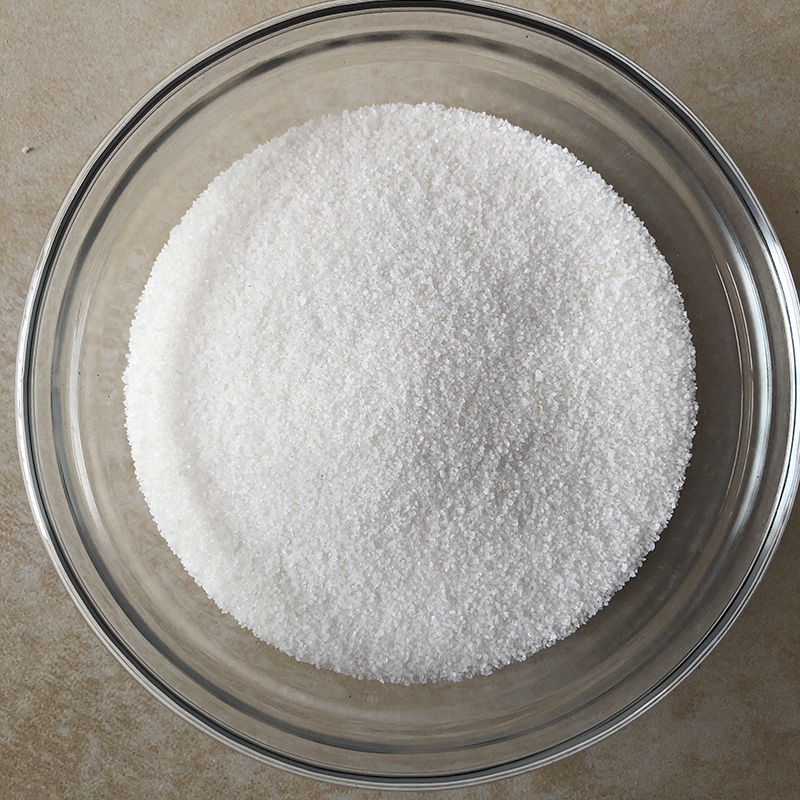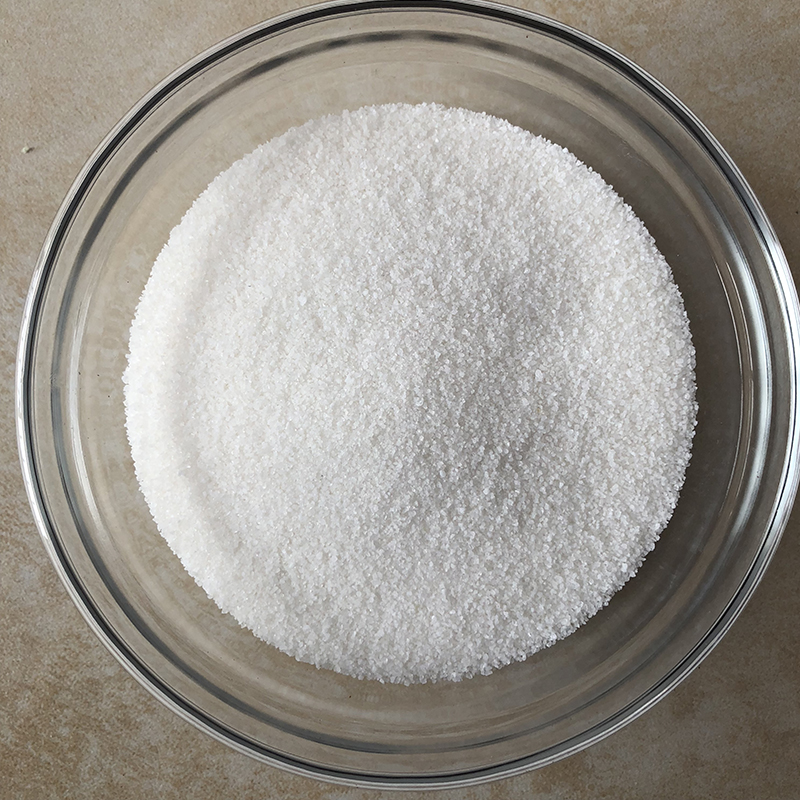beta-Nicotinamide adenine dinucleotide trihydrate Cas: 53-84-9 95% White powder
| Catalog Number | XD90433 |
| Product Name | beta-Nicotinamide adenine dinucleotide trihydrate |
|
CAS |
53-84-9 |
|
Molecular Formula |
C21H27N7O14P2 |
|
Molecular Weight |
663.43 |
Product Specification
| Water | max 8.0% |
| Heavy metals | max 20ppm |
| Appearance | White powder |
| Assay | 99% |
Niacin (nicotinic acid) as a monotherapy can reduce vascular disease risk, but its mechanism of action remains controversial, and may not be dependent on systemic lipid modifying effects. Niacin has recently been shown to improve endothelial function and vascular regeneration, independent of correcting dyslipidemia, in rodent models of vascular injury and metabolic disease. As a potential biosynthetic precursor for NAD(+), niacin could elicit these vascular benefits through NAD(+)-dependent, sirtuin (SIRT) mediated responses. Alternatively, niacin may act through its receptor, GPR109A, to promote endothelial function, though endothelial cells are not known to express this receptor. We hypothesized that niacin directly improves endothelial cell function during exposure to lipotoxic conditions and sought to determine the potential mechanism(s) involved.Angiogenic function in excess palmitate was assessed by tube formation following treatment of human microvascular endothelial cells (HMVE C) with either a relatively low concentration of niacin (10 μM), or nicotinamide mononucleotide (NMN) (1 μM), a direct NAD(+) precursor. Although both niacin and NMN improved HMVEC tube formation during palmitate overload, only NMN increased cellular NAD(+) and SIRT1 activity. We further observed that HMVEC express GRP109A. Activation of this receptor with either acifran or MK-1903 recapitulated niacin-induced improvements in HMVEC tube formation, while GPR109A siRNA diminished the effect of niacin.Niacin, at a low concentration, improves HMVEC angiogenic function under lipotoxic conditions, likely independent of NAD(+) biosynthesis and SIRT1 activation, but rather through niacin receptor activation.








